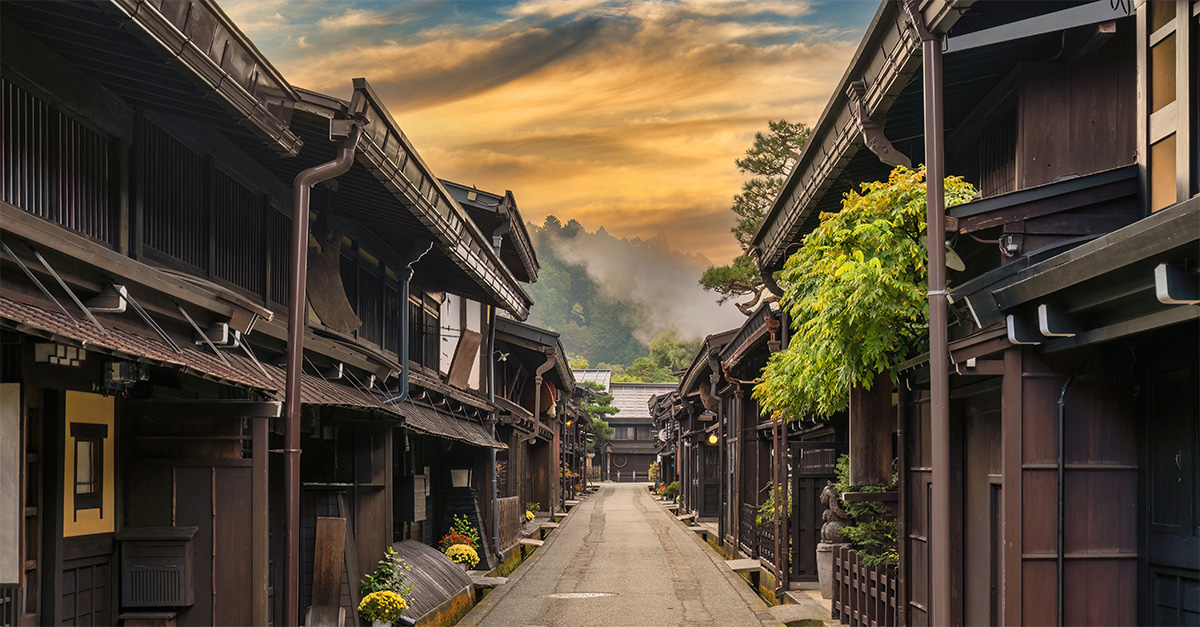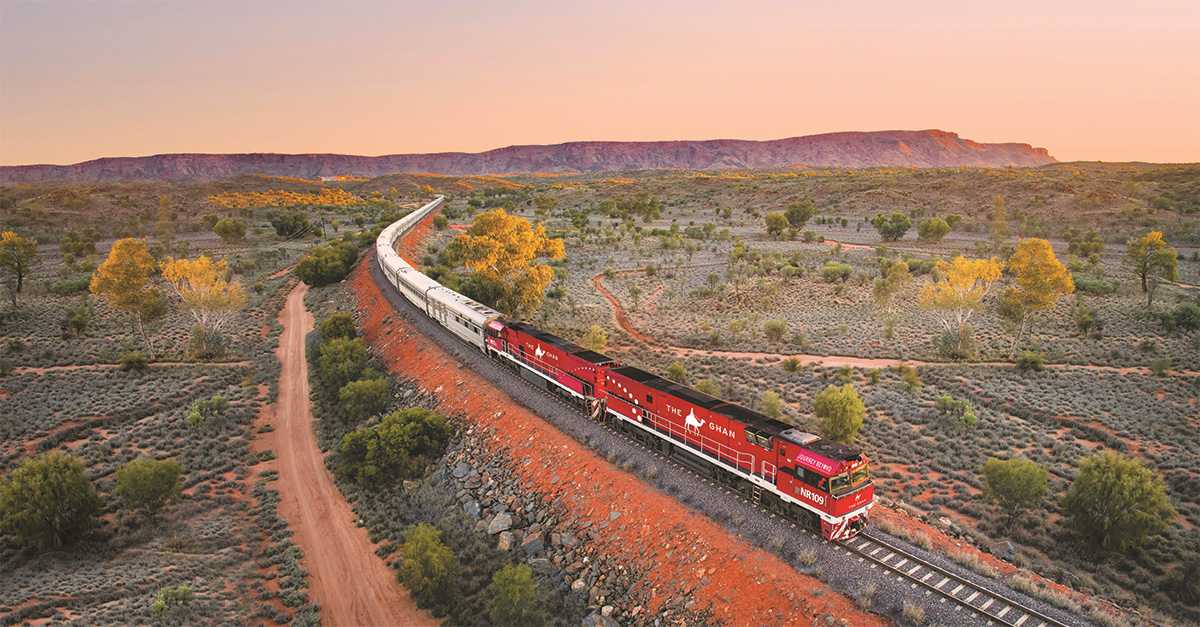Pictures: Tourism & Events Queensland / Andrew Watson; Peter Lik
Let the Great Barrier Reef draw clients in, then show them Tropical North Queensland’s quirkier side, says David Whitley.
Like this and want more details? Click here to download and save as a PDF.
Cairns forms one point on the classic first-timer’s Australia triangle. The Sydney, Rock and Reef circuit is the obvious Oz highlights reel.
The Queensland city is the obvious base for exploring the Great Barrier Reef, which usually means it’s given a couple of days either side of the boat trip, with little time left to explore its softer side. But this doesn’t necessarily have to be the case.
Use it as an entry point and a base for exploring Tropical North Queensland, and it can be a whole holiday, rather than just part of one.
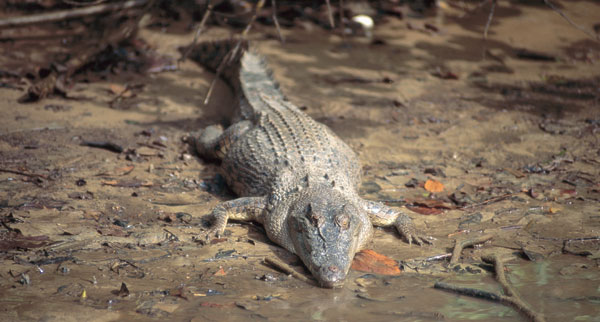
Sell: Rainforest and reef
Cairns is often imagined to be a beach town, but that’s not the reality. There are some lovely beaches to the north of the city, but the presence of saltwater crocodiles and marine stingers makes it deeply unadvisable to go for a swim.
The innovative response to this issue has been to create a giant artificial lagoon on the Esplanade in the centre of the city. One of the world’s largest swimming pools (and that seems like underselling it, to be honest), it acts as a gathering point.
“Cairns’ response to saltwater crocodiles and marine stingers has been to build a giant lagoon in the city.”
Otherwise, Cairns is a tourist city with wide streets, plenty of accommodation options and some good waterfront dining. What’s on its doorstep, however, is fantastic. The Great Barrier Reef is the obvious attraction – and several operators offer day trips out there. The trick is finding the right product, as there’s everything from a half-day high-speed snorkelling flit to multi-day liveaboard diving trips.
The more you learn about the Reef before you go, the better the experience you’ll have. In this respect, education centre Reef Teach is brilliant. A two-hour presentation held on the second floor of a shopping mall might not seem all that exciting, but the marine biologists do a brilliant job of explaining what the reef is, what lives there and how the astonishing underwater eco-system interacts. At just over £13, it’s a bargain.
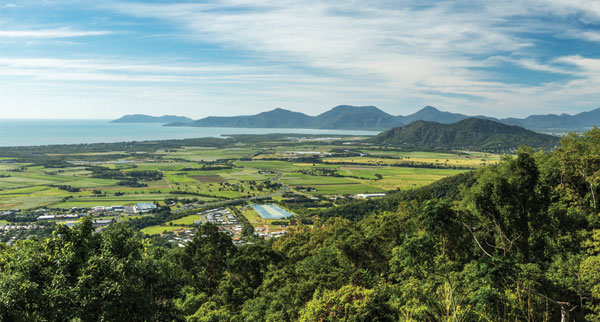
It’s a mistake to assume Tropical North Queensland is just about the Reef, though. To the west, the Atherton Tablelands offers an odd mix of food producers, rainforest walks and wildlife attractions. The animal experiences go from very touristy in Kuranda – cuddle a koala, walk through butterfly and bird enclosures – to wild, unflustered birdwatching in the Mareeba Wetlands.
Those rainforests get considerably thicker to the north, where the Wet Tropics World Heritage Area is thought to have the oldest rainforest on Earth, boasting examples of almost every stage of plant evolution. This is best experienced on boardwalks north of the Daintree River on the way up to Cape Tribulation, an engaging, off-the-grid jungle settlement.
See: Drive and dive
Several companies offer day trips up to Cape Tribulation from Cairns. These usually stop at the Daintree River for a crocodile-spotting cruise on the way. There are dozens of crocs in the river, and they can often be spotted sunning themselves on the banks.
Other highlights include the hugely photogenic Mossman Gorge, interpretive boardwalks and a stroll along the wild, picture-perfect beach where the mountains of the Great Dividing Range reach the sea at Cape Tribulation. Travel 2 sells a day trip from either Cairns or Port Douglas from £136 per person.
Those self-driving to Cape Trib can use it as a base for a small-group trip out to the Reef, which is only about 12 miles offshore up here. Ocean Safari offers a trip to the Mackay Reef in a small RIB, with snorkels, fins and wetsuits provided, from £84.
“Seeing the reef from above is a phenomenal experience – it’s often possible to spot groups of turtles swimming below.”
The reef trips from Cairns and Port Douglas tend to be much bigger affairs, with Quicksilver Cruises providing an excellent all-rounder’s option with pick-ups from both towns. It heads out on a sleek catamaran that moors alongside a large pontoon next to Agincourt Reef. This is on the outer edge of the Great Barrier Reef system, and in much better condition than a lot of the spots on the inner reef. The basic package – sold by Anzcro for £167 – includes fantastically vivid snorkelling and an underwater viewing trip in a semi-submersible boat. However, it can be upgraded to include dives and even a helicopter trip.
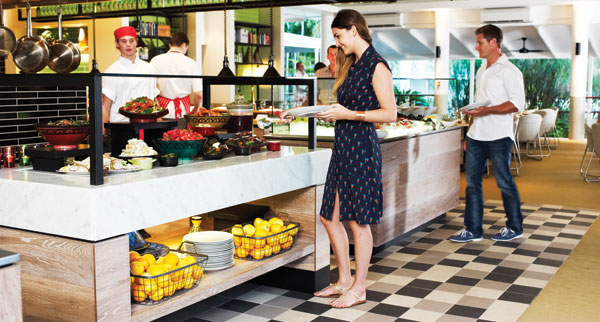
The latter can be booked separately. Great Barrier Reef Helis offers a 60-minute rainforest and reef flight from Cairns – sold by Austravel from £429 – which is well worth splashing out on. Seeing the reef from above is a phenomenal experience. The range of colours – from deep navy blues to dazzling teals – is staggering, and it’s often possible to spot groups of turtles swimming below.
To see the Atherton Tablelands properly, it’s probably best to hire a car, grab a map and hop between forest trails and food producers. It’s easy to make a day of it on a looping circuit, taking in ice cream makers, coffee plantations and even vineyards making wine from mangoes.
A lot of these producers have stalls or shops in Kuranda, though, and Austravel sells a trip to the town. Offering travel by scenic railway on the way up, plenty of free time to mooch around Kuranda and a ride on the Skyrail cable car on the way down, with cultural demonstrations at the Tjapukai Aboriginal Cultural Park on the journey home. Prices start at £143.
Stay: Location, location
The Mantra Esplanade has a prime location directly across the road from Cairns’ artificial lagoon, plus a decent pool of its own. All rooms come with balconies and, although somewhat bland, are well equipped. It’s best to forget the entry-level hotel rooms and plump for one of the one, two or three-bedroom apartments. These come with full kitchens, washing machines and tumble dryers. Rates start at about £100 a night.
Cairns has a glut of four-star properties and a lot of apartment-style accommodation, but surprisingly few in the five-star bracket. The high-rise Pullman Cairns International Hotel is the largest of the luxury lot, with huge balconies, a day spa, sprawling pool and big breakfast buffet spreads all part of the appeal. The marble bathrooms are more impressive than the rooms, which are sizable but aren’t pulling up any trees in terms of decor. Expect to pay from about £144.
Port Douglas, about 45 minutes north of Cairns, is the alternative base. It’s a resort town, based around a large marina, and splits opinions. Some people love it – it’s clean and has several good restaurants – but others find it a bit sterile.

The QT Port Douglas shows more design flair than most of the resort’s other properties. There’s a tropical cool chic to the rooms, a lagoon-style pool, an outdoor cinema in the dry season and two tennis courts. The Bazaar is an interesting dining concept – borrowing from street-food stalls and souks, it offers several stations from which to pick out the food you fancy. Rooms start at £143.
Perhaps the loveliest spot in these parts, however, is between Port Douglas and Cairns. Thala Beach Nature Reserve is surrounded by rainforest, has gorgeously-appointed wooden bungalows amid the canopy and offers a range of exclusive experiences. These include nature walks, stargazing sessions and a ‘Coconut Odyssey’ where the resident coconut obsessive shows guests everything there is to know about coconuts and launches into an impassioned pitch on their health properties. Rates start at £144 per night for a Eucalypt Bungalow.
Find out more
pullmancairnsin ternational.com.au

